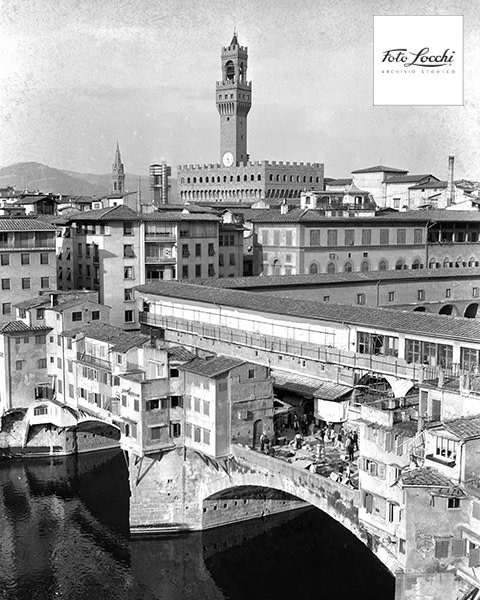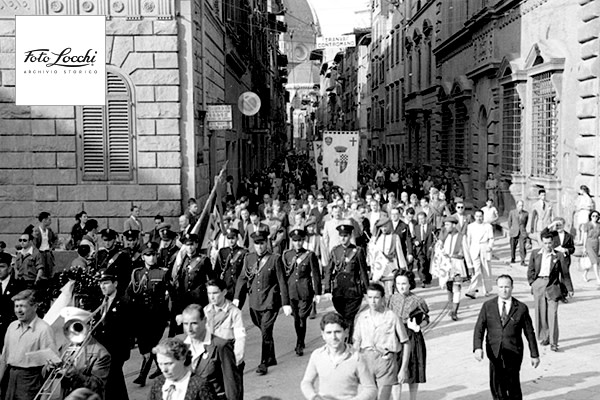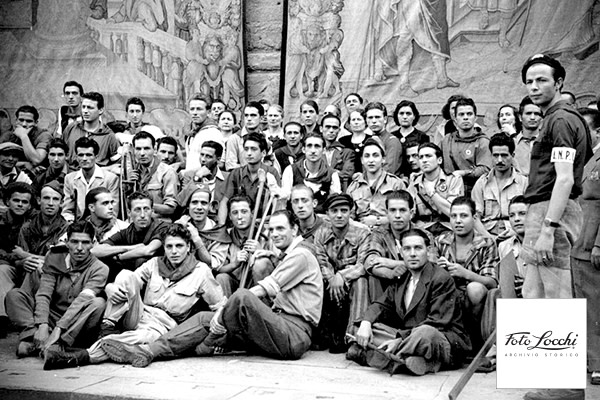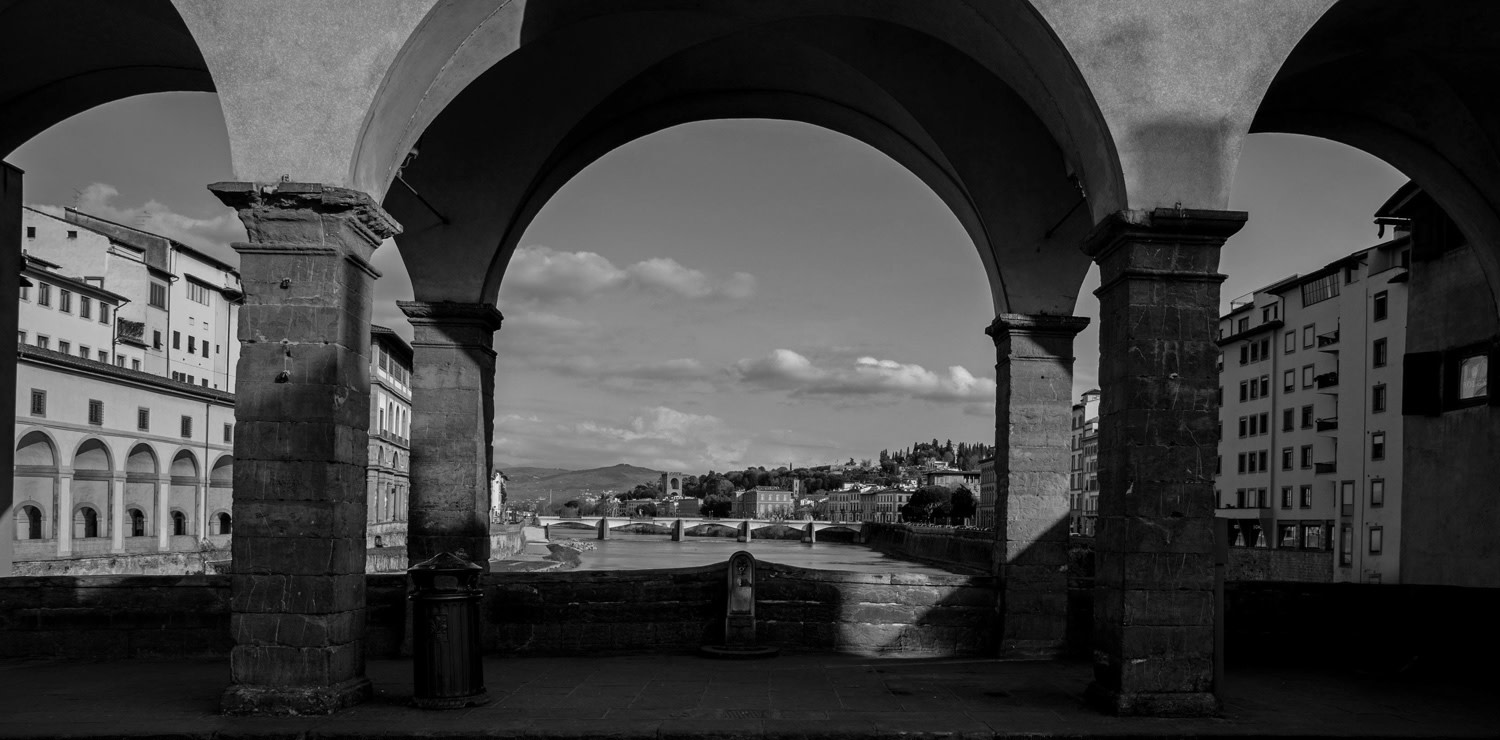Florence celebrates April 25th. The history you may not know
City of art par excellence, here the liberation arrived on August 11, 1944 to be exact and to "save" it were its magnificent monuments
History is well known, the Ponte Vecchio - with its wonderful shops and centuries-old arches, was the only one that was not undermined by the Germans and remained intact, even though the streets and buildings that surrounded it were gutted without mercy. According to some recent evidence, it was the courage of a man, Burgasso for all, who was responsible for opening and closing the jewellers' shops: it was he who cut the mines in via de' Ramaglianti behind Borgo San Jacopo on the night between 3 and 4 August 1944.
 Ponte Vecchio was the only one who saved himself from the Germans' mines
Ponte Vecchio was the only one who saved himself from the Germans' mines
The bridges blown up changed the face of the city in one night and changed its geography, because thousands of families were forced to evacuate and many sought refuge in the Oltrarno, in the rooms of Palazzo Pitti and in the Boboli gardens. The Vasari Corridor - like the whole Oltrarno area, which was bombed from Monte Morello and Fiesole, as well as from the shots of the fascist snipers left to hold the city at gunpoint - also became an instrument to free the city. Two young partisans understand that it is still practicable and, with the help of the traffic police, the Corridor hides a telephone line from the Nazis through which the insurrection plan is agreed upon: it will begin at 6.45 a.m. on 11 August at the clear chimes of the Martinella in Palazzo Vecchio. To echo it the bell of the Bargello, while the partisans gathered in Oltrarno recognizing the signal of attack will ford the Arno to the Pescaia di Santa Rosa.
 1945. the first anniversary of the liberation
1945. the first anniversary of the liberation
For days Florence has had neither water nor electricity, but the urban guerrilla warfare made up also of young relays moving ahead of the partisans street by street, palace by palace, continues until the end of August when the "Mugnone Line" that divided the city in two - from Cascine to Affrico - is finally broken. And only then could one begin to think that the chapels walled up to save them from the bombardments could be reopened and that the stained glass windows of the Laurentian Library, those of the Basilica of Santa Maria Novella and Santa Maria del Fiore, as well as those of the Church of Santo Spirito, could return to their place, coming out of hidden storerooms. Under the eyes of the Florentines who had also fought for them.
 1945. group of ex-partisans of the arno division
1945. group of ex-partisans of the arno divisionThe Historical Archive Foto Locchi, placed under the protection of the Ministry of Cultural Heritage and Activities (MiBAC), is considered for its high historical and artistic value one of the most important at international level. A corpus of images in constant evolution, which, following recent acquisitions, now has over 5 million photographs on the history of Florence and Tuscany, from the 1930s to the present day, preserved in the form of original negatives. Images from the world of sport and entertainment, fashion and great history, but also picturesque fragments that tell the customs and everyday life of yesterday and today.









